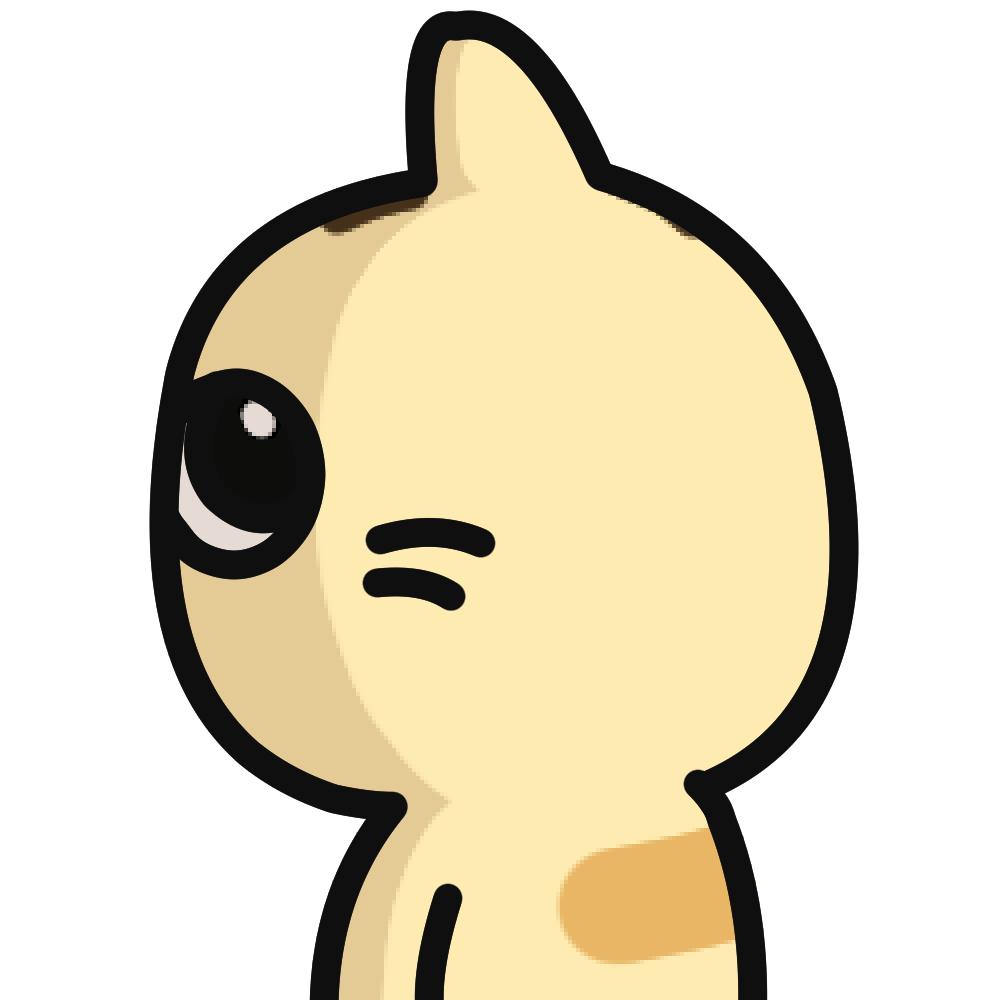
Startups Vs Junior Designers
Now, before you throw bricks at me for hindering the opportunities for new aspiring designers to “explore the world”; I’m a designer myself, and I stand by my community. I write this not just for startup founders. I write this also for designers to make better judgments before deciding to join a startup environment.
This might upset us designers, but reality hurts, and truths need to be told. Toughen up, read through and you might find me probably know what I’m talking about.
A couple of weeks ago, I was asked by a friend if he could send his designer to my team for training since he heard we thoroughly invest in upgrading our team’s design skills. (If you’re reading this, this is for you, bud.) He is running a startup in pre-seed stage, this designer is his first hire, and she is at a junior level. After a few questions and answers, I can tell right away that my friend is frustrated because he made the mistake of hiring a junior designer at such a crucial point of his startup.
Hiring a designer during the early stage is a bet and the odds are sky-high
Every hustler building their own things would agree with me on this: startups constantly struggle with their financial fund and time fund. Startups need to watch how they spend their bucks and get to market as fast as possible. Hiring a designer fast and cheap to get things done naturally becomes an ideal choice. Until 3 months later, you realize it isn’t.
A designer who wears one too many hats
If you’re serious about your product, which I hope you do because that’s the only way it’s going to take off, you would know product design isn’t about drawing up a few wireframes then decorating them with fancy visual elements.
Product design is a complex and long-term journey that involves diverse skill sets.
You would expect your designer to handle design processes, workflows, user research, customer experience design, interface design, graphics, cross-function communication, development support guru, witchcraft.
In simple words, you need a designer who knows how to wear many hats and wear them well. On top of that, you would probably want them to get things done fast too. Reality check: no one is good at everything at their first attempt, designers are no exceptions. But here you are, entrusting a scope of work required various expertise on one single designer. The results certainly won’t look pretty.
But the designer will get better as they keep working on it
We had the same mindset when we first started with our design team. We had the fantasy of recruiting fresh minds into our team, providing them with proper training and mentoring; then they would eventually become rockstars. You can probably guess it. We screwed up big time.
Turned out training and mentoring people is a massive commitment that requires methods, attention, and time.
As much as we planned it, we didn’t have that luxury back in the day. As a startup founder, you will most likely end up in a similar situation. With your limited resources and attention span across multiple areas, training your designer would be a tough commitment.
Unless you know your product by heart and can tell your designer exactly what to do, they’re going to make mistakes. While they learn from those mistakes and get better, those mistakes account for your business expense. Rework after rework, the feedback loop from hell, delay to launch, customer’s negative review, etc. Not to mention the capability to think long term, product strategy, scale-ability, which comes with experience.
Before you know it, the concept of Lean startup goes out of the window. Worst case scenario, you might see your startup flop before you see your designer grow.
Not just your startup, you’re gonna hurt your designer too
Ask every junior designer out there what they look for in a job; one of the top three things come up would be an environment where they could learn and grow.
In a startup job description, one of the top three things that come up would be a young, dynamic environment to work in, explore, and grow.
Seems like a match. Not.
Not a lot of startups manage to deliver what they promise. I understand it’s not intentional, but it’s usually the case. With limited resources and pressure on time, the lack of guidance and mentorship, your designer who wears one too many hats will feel like they lose their focus, demotivated as they see very slow or even non-existent professional development.
You can’t afford a junior designer at an early stage
There are plenty of junior designers looking for a job, and the cost of hiring one is decently low. But you can’t afford a junior designer at an early stage.
Put it down into simple math, while you pay little bucks to have a designer on your team, the cost to monitor, train and support them until they get to where they meet your expectations escalate multiple folds. And you pay for it with not just your money, but also your time and energy. Imagine instead of spending your time meeting investors, building new connections, closing new deals; you have to sit next to your designer telling them which goes where on a wireframe. It’s devastating for both you and your designer.
However, I did say rare exceptions at the beginning
Once again, I write from my own experience with my design team and a dozen startups I’ve worked with. I’m pretty sure there are times when hiring junior works out perfectly.
If you’re a good judge of character, you might be able to scope out a junior designer who is far more skilled and insightful beyond the years of experience on their CV. They come with a spark of unique values that tells you they might be lacking still, but they will grow fast and steady. Those are the ones equipped for challenges in a startup environment. That’s when you shake their hand, sign up the contract, and start investing in them.
Otherwise
Though it’s still up to your evaluation of what you need and your resources, just steer clear of the cheap-rate hiring trap. You will need to look beyond the low salary temptation to foresee the actual costs and risks that come with it. I’ve seen too many cases where startup founders come to us for rescue because their inexperienced designers don’t deliver well.
So what am I suggesting?
Leave it to the professionals. Either hire a mid-level or above designer or partner with a design agency entirely. They will get things done.
No matter what people say, experience does matter. Besides the professional design skills, a mid-level designer knows how to juggle multiple types of work, manage workflows and processes. They are also able to think of your product in the long run, not just the tasks at hand. They add more value to your products by sharing their insights and perspectives. Most importantly, you won’t need to spend much time tracking and training because they tend to manage themselves.
If your need for design is temporary, a design agency works too. When you partner with a good design agency, it means you have access to not just their design department but also their consultant service, business analytics, etc. as well. They will look at your business as a whole and most likely to provide professional advice on the sideline. I know because I do the same. Us designers tend to overserve, we always look for rooms to improve, even when it’s not in the scope of work, and we’re not paid for it.
What this is all about
Water under the bridge, the point here is to take into significant consideration when it comes to your design hires. You might think you get a big save by employing cheap design services, but that might be the fatal mistake that could cost your business a lot more than just money.
Assess your budget, your design needs, your resources, and be picky with who you hire. Every hire has to add values to your team and your business.
If you can’t commit to training and guiding junior designers, leave it to someone else. Once your startup is stable and you have room for more potential talents, you can start opening up to junior positions. It has to be a win-win situation for both you and the designer for it to work out.
Mentioned in
Subscribe to Dwarves Memo
Receive the latest updates directly to your inbox.
 Startups Vs Junior Designers
Startups Vs Junior Designers


